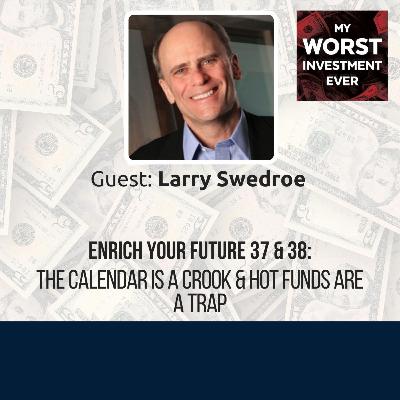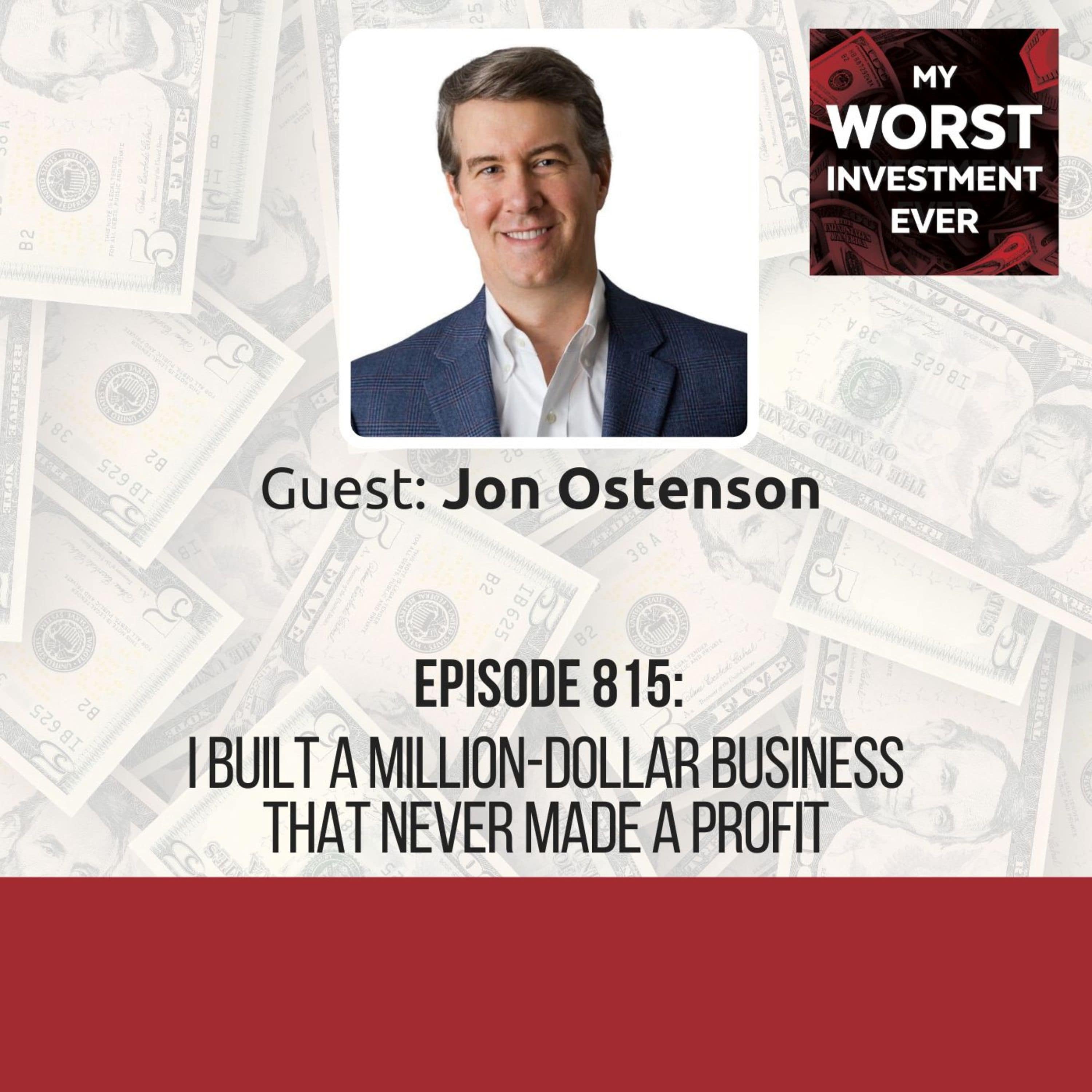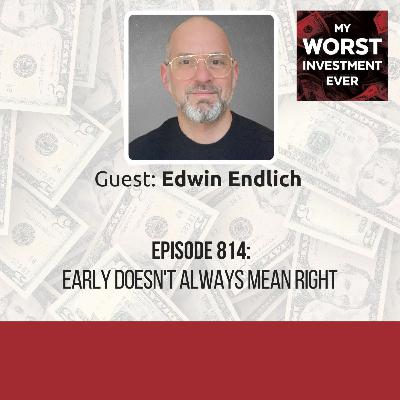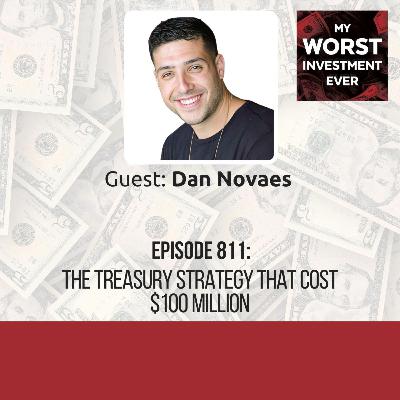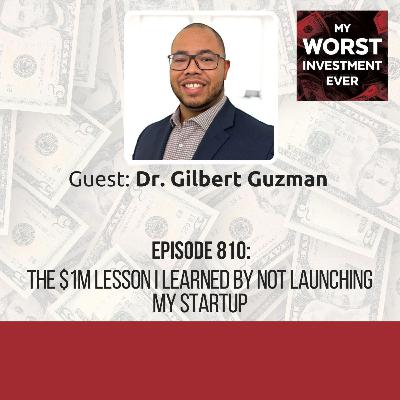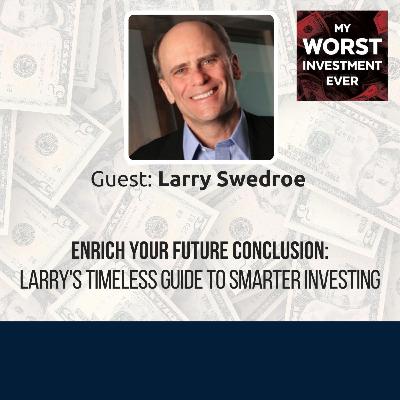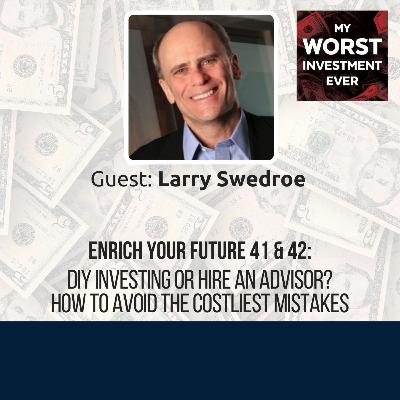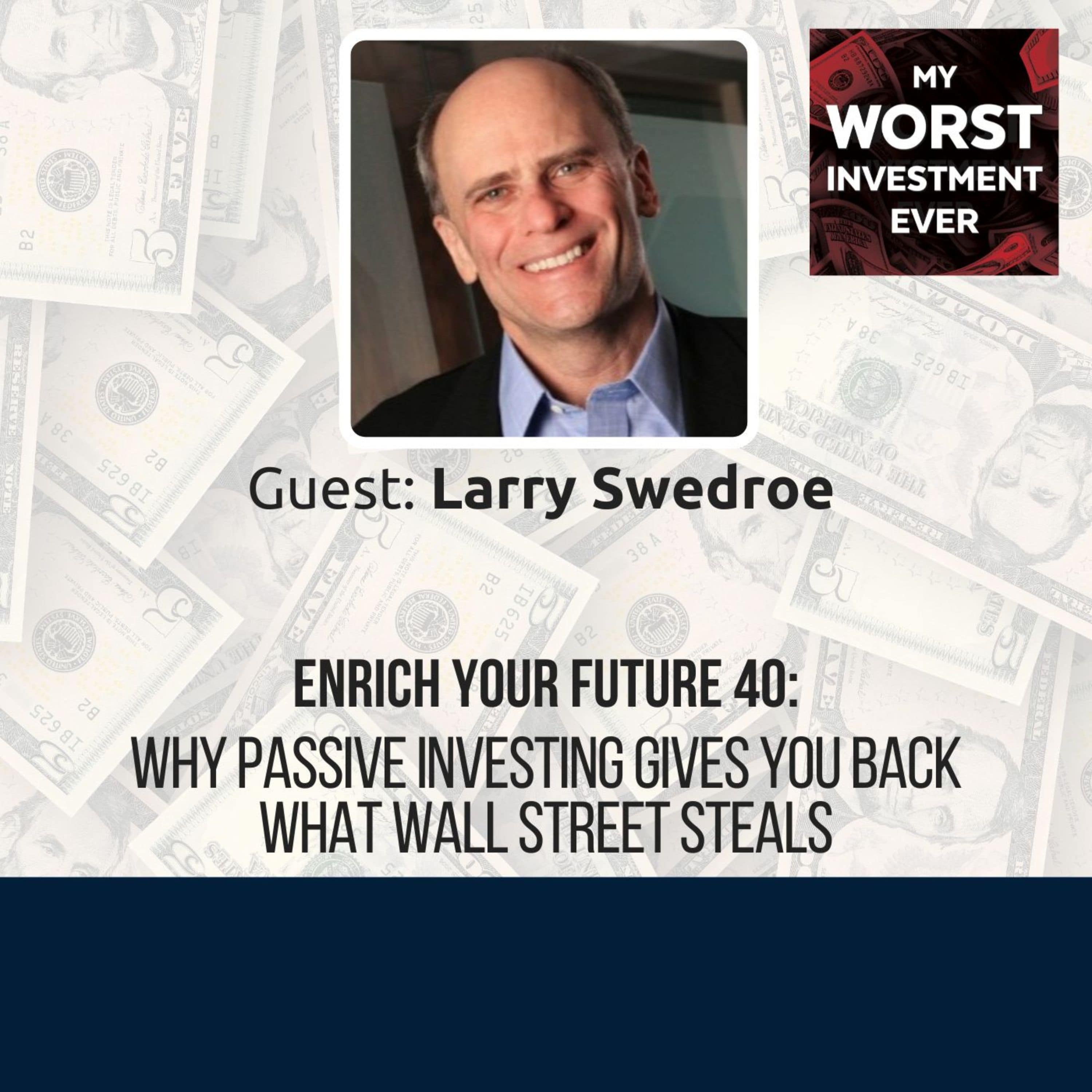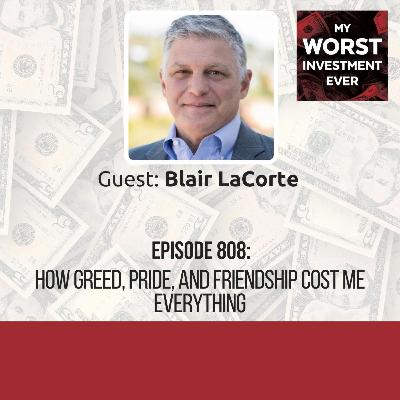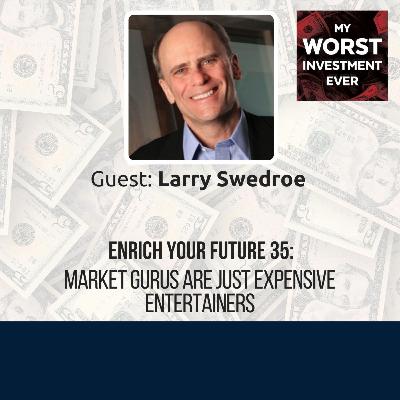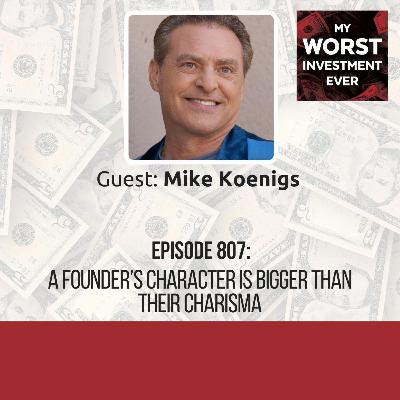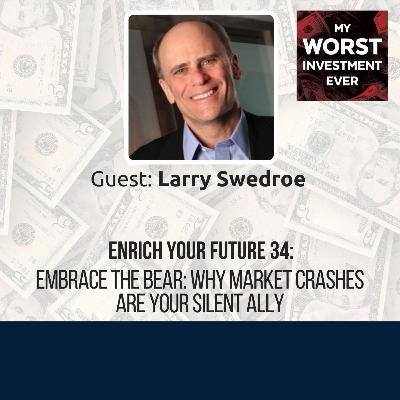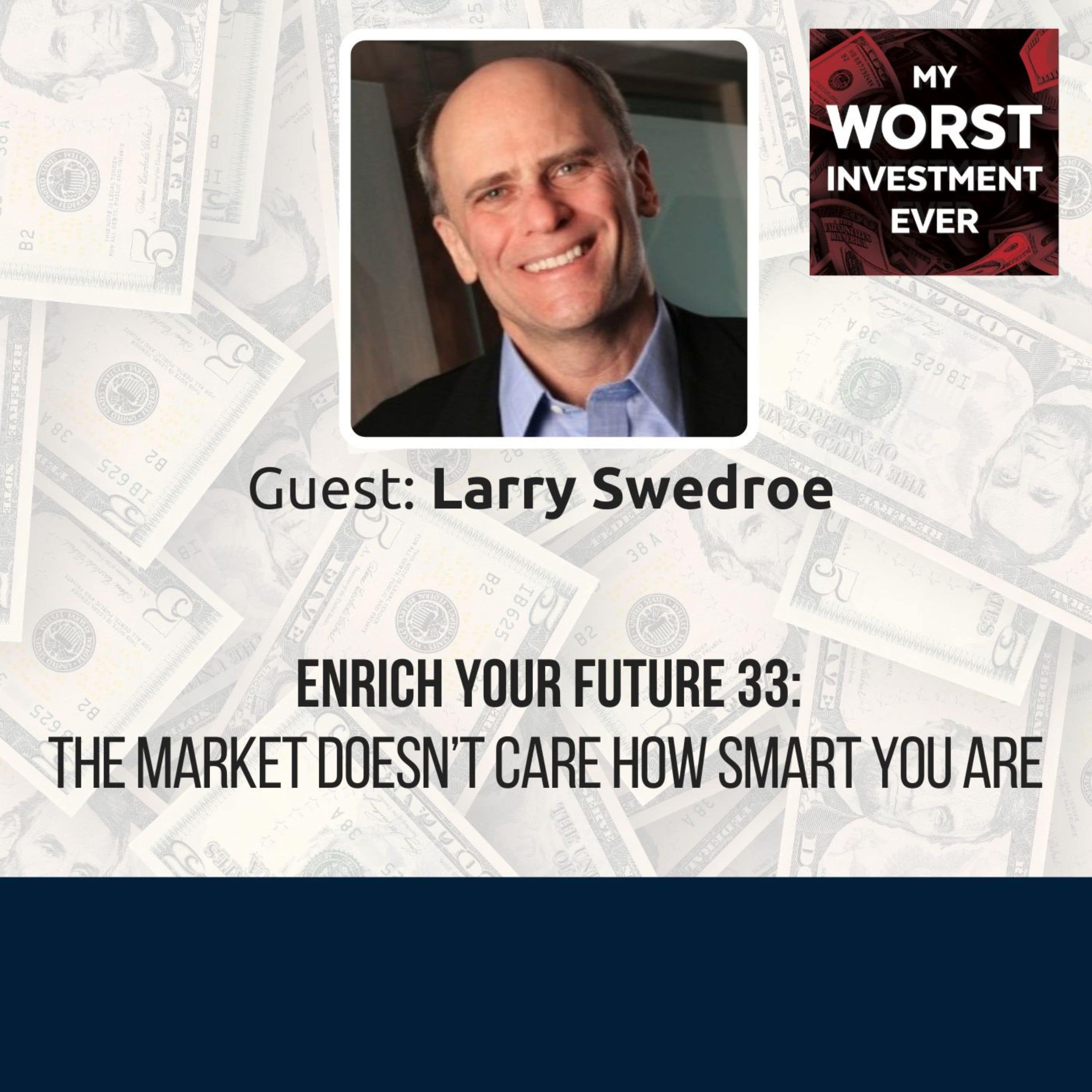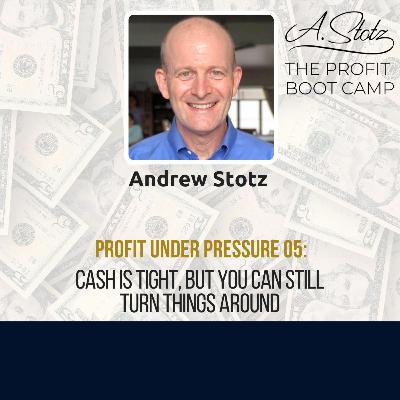Enrich Your Future 37 & 38: The Calendar Is a Crook & Hot Funds Are a Trap
Description
In this episode of Enrich Your Future, Andrew and Larry Swedroe discuss Larry’s new book, Enrich Your Future: The Keys to Successful Investing. In this series, they discuss Chapter 37: Sell in May and Go Away: Financial Astrology and Chapter 38: Chasing Spectacular Fund Performance.
LEARNING: Calendars don’t drive returns. Winners ignore hot funds.
“For you to believe in a strategy, there should be some economically logical reason for it to persist, so you can be confident it isn’t just some random outcome.”
Larry Swedroe
In this episode of Enrich Your Future, Andrew and Larry Swedroe discuss Larry’s new book, Enrich Your Future: The Keys to Successful Investing. The book is a collection of stories that Larry has developed over 30 years as the head of financial and economic research at Buckingham Wealth Partners to help investors. You can learn more about Larry’s Worst Investment Ever story on Ep645: Beware of Idiosyncratic Risks.
Larry deeply understands the world of academic research and investing, especially risk. Today, Andrew and Larry discuss Chapter 37: Sell in May and Go Away: Financial Astrology and Chapter 38: Chasing Spectacular Fund Performance.
Chapter 37: Sell in May and Go Away: Financial Astrology
In chapter 37, Larry explains why the idea of selling stocks in May and switching to cash, then buying back in November, is not a sound strategy.
What financial advisers insist on repeating, in Larry’s view, is: “Sell in May, go to cash, and reinvest in November.” It makes sense and is even logical. And, as the adage has it, numbers don’t lie. Figures, backed by reliable data, show that stocks gain more from November through April (a 5.7% average premium) than from May through October (a 2.6% average premium). So why not time the market?
Busting the myth
Larry dismantles this advice, revealing that the ‘Sell in May’ strategy, despite its apparent logic, is a myth. He points out that stocks still outperform cash even during the May to October period, with stocks beating T-bills by 2.6% annually.
Selling stocks prematurely leads to missed gains, and the strategy of switching investments underperforms a simple buy-and-hold approach. In fact, a ‘Sell in May’ strategy yielded an average annual return of 8.3% from 1926 to 2023, while simply holding the S&P 500 returned 10.2%—a significant 1.9% yearly gap.
Larry adds that Taxes and fees make the strategy worse. Trading converts long-term gains (lower tax) into short-term gains (higher tax). Transaction costs always pile up.
Additionally, this strategy is rarely effective. Before 2022, the last “win” was 2011. A single outlier (2022’s bear market) does not make a strategy worthwhile.
The fatal flaw
According to Larry, one of the fundamental rules of finance is that expected return and risk are positively correlated. So if stocks actually do worse than cash between May and October, they’d need to be less risky for these six months, which is absurd because volatility doesn’t take summer vacations.
Why do people believe in this flawed strategy?
Larry notes four reasons why people still believe in this flawed investment strategy:
- Recency bias: Media hypes the strategy after rare wins (like 2022).
- Pattern-seeking: Humans confuse coincidence with cause.
- “Free lunch” fantasy: Active investors crave simple shortcuts.
The proper investment to follow
Larry’s advice is to:
- Ignore the noise. Calendars don’t drive returns.
- Stay invested. Missing just 10 best days in 30 years slashes returns by 50%.
- Focus on what matters: Diversification, low costs, and tax efficiency.
Bottom line: The “Sell in May” strategy is a form of financial astrology. It confuses seasonal patterns with strategy. The market’s not a magic 8-ball. Stop gambling on folklore—and start compounding.
Chapter 38: Chasing Spectacular Fund Performance
In chapter 38, Larry explains why chasing spectacular performance is not a prudent investment strategy.
He starts the article by highlighting that 2020 was a phenomenal year for hot funds. During that year, 18 US stock funds posted gains of over 100%, attracting $19 billion in investor dollars in pursuit of recent performance. Their prior records seemed unstoppable—17 of 18 had reigned supreme over markets for three straight years.
The brutal reality
A landmark Morningstar study by Jeffrey Ptak looked into equity funds that gained more than 100% in a calendar year. He found that of the 123 stock funds that gained at least 100% between 1990 and 2016, just 24 made money in the three years following their phenomenal return.
More adversely, the average fund subsequently lost around 17% each year. Ptak also found that funds that failed in the years before their big gain were far more likely to earn more money during the years after that big year, compared to money that had been profitable during the period preceding their big gain.
Why do hot funds implode?
There are a few reasons why hot funds could implode. One is overvalued bets. For instance, the 2020 superstars held stocks trading at 3x the valuation of the Nasdaq 100. Another reason is the reversion to the mean. Extreme returns are statistical outliers, not a result of skill. Lastly, the crowd effect. Inflows surge after gains, forcing managers to buy at high prices.
The index fund quietly wins
Larry observes that while speculators chased fireworks, Fidelity’s Total Market Index (FSKAX) returned 20.8% in 2020, beating 80% of active funds in its category. It did this with a 0.01% fee, 1/100th the cost of typical active funds.
In conclusion, Larry reminds investors that the race to spectacular returns is a marathon, not a sprint. Winners ignore the fireworks.
Further reading
- Jeffrey Ptak, “What Happens After Fund Managers Crush It?” The Evidence Based Investor, January 18, 2001.
Did you miss out on the previous chapters? Check them out:
Part I: How Markets Work: How Security Prices are Determined and Why It’s So Difficult to Outperform
- Enrich Your Future 01: The Determinants of the Risk and Return of Stocks and Bonds
- Enrich Your Future 02: How Markets Set Prices
- Enrich Your Future 03: Persistence of Performance: Athletes Versus Investment Managers
- Enrich Your Future 04: Why Is Persistent Outperformance So Hard to Find?
- Enrich Your Future 05: Great Companies Do Not Make High-Return Investments
- Enrich Your Future 06: Market Efficiency and the Case of Pete Rose
- Enrich Your Future 07: The Value of Security Analysis
- Enrich Your Future 08: High Economic Growth Doesn’t Always Mean High Stock Market Return
- Enrich Your Future 09: The Fed Model and the Money Illusion

